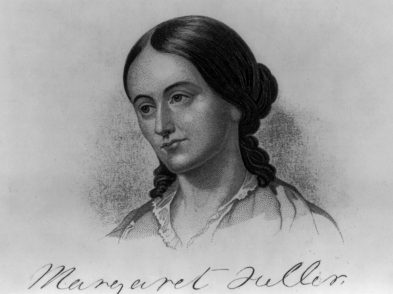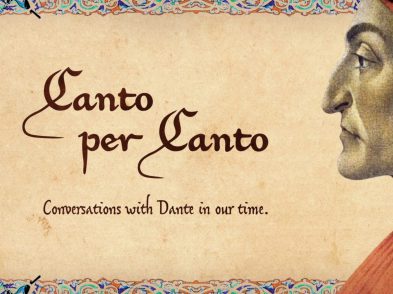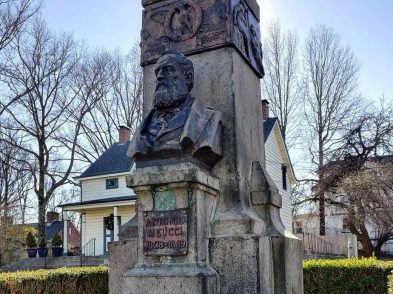Although historical memory has often been less than kind to early modern women artists in Florence, over recent months the ladies in question have re-emerged to take center stage in the city on more than one occasion. The Advancing Women Artists Foundation continues its tireless quest to raise money for key restoration projects, Plautilla Nelli’s works have been collected in an unprecedented exhibition at the Uffizi Gallery and Artemisia Gentileschi’s Judith Slaying Holofernes was a striking focal point in support of International Day for the Elimination of Violence Against Women at the Palazzo Vecchio. As encouraging as this recognition is, scholars on the forefront of these recovery efforts have only just embarked upon the Herculean task of archival digging required to reconstruct the lives of all but forgotten women artists and patrons.
Their reappearance was the subject of the 2017 Jane Fortune Conference “A Legacy of Ladies: Women Artists and Patrons at the Late Medici Court”. The Medici Archive Project is to be commended for organizing a conference that offered nuanced perspectives of the many complexities associated with reconstructing a historical narrative. Essentially, the fire of curiosity has been lit because the MAP was not afraid to leave attendees with more questions than answers.
The most impactful theme to surface in this early exploration is that women supporting women has transformative power. Matronage, rather than patronage, is key to understanding how 17th- and 18th-century women artists, from nuns to courtiers, benefited from female patronage. Female talent was often recognized and then nurtured by other women. Medici grand duchesses had talent at their disposal, launching the careers of women artists by granting them calculated opportunities. The implication of women supporting women was also palatable at this recent conference. Historically, women’s studies have been dominated heavily by female scholars, and this conference proved no exception. What was exceptional as the notable representation of young scholars pushing the historical narrative forward.
Discussion around the biographies of women like Teresa Vitelli and Agnes Dolci made it clear that this scholarship is challenging what we thought we knew about the history of art in Florence. The academic event pushed the timeline avanti to allow for an exploration of women in the arts beyond the apex of the Renaissance in Florence. Their biographies can often be constructed based on contracts, wills, tax records, baptismal records, letters and early biographies. There is a contagious level of excitement centered on new archival discoveries.
Although the Medici family played a major role in much of this conference’s content, this is not just another example of Medici patronage being shown, yet again, to be generous. These women’s stories cannot simply be pasted back into the history books and they cannot just be placed back on gallery walls. There is still a great deal of exploratory work to be done. Scholars are correcting attributions and only beginning to ask questions about the additional domestic and financial pressure on women who painted and those who fronted the bill. Evidence that artistic style tended not to evolve during continuous cycles of childbirth or that widowhood gave women like Anna Maria Louisa de’ Medici the possibility of financial agency mark significant veins in the scholarship. Although these privileged women continued the traditions of their families, the stories being uncovered are often remarkable exceptions to the rules. Patronage and creativity, the most fundamental drives of the Florentine Renaissance, take on a dynamic new twist. Women artists and patrons faced risks. Not all women artists wanted to remain in courts, but greater earnings and freedoms were risky and could be perceived as immoral. Overwhelmingly, these women leave a legacy of persistence and perseverance. Women’s artistic production was undoubtedly courageous, but its legacy is still being written.
Many themes illustrated a multichromatic experience. Cloistered nuns had access to seeing art outside of the convent walls and some displayed works in exhibitions at the Accademia delle Arti del Disegno. Convent walls were as permeable to cheese and citrus fruits as they were to art supplies. This speaks to privileged childhoods and familial connections. As much as many presenters hesitated to focus on this, it was not always the quality of women’s art that gained them recognition, but connections that led to opportunities. It worked the same way for male artists. Women or not, it was about who you knew and how deep your pockets were.
Without addressing them formally, scholars begged the exploration of modern questions. For example, the salary of early modern female artists was on par with male artists since it was based on market and quality and not on gender. This stands as striking evidence against the assumption that women’s opportunities have improved historically on a linear projection.
Early modern women artists and patrons are the exceptions to the rule, but their voices fill a void. They will be a part of the larger narrative eventually. This conference challenged our collective historical memory of women’s contributions to cultural production in Florence. When faced with remarkable stories of talent and tenacity we run the risk of heroine worship, but think of this as historical triage. We need to get them through the door before we ask the tough questions.








